Table of Contents
- Introduction
- Understanding the 36-Volt Battery System
- Enhanced Performance with Lithium-Ion Batteries
- Increased Power and Acceleration
- Extended Range
- Lightweight and Compact Design
- Longer Lifespan
- Smart Battery Management
- Charging and Maintenance
- Conclusion
- FAQs of 36 Volt Battery Golf Cart
- 1. What is the best battery for a 36V golf cart?
- 2. Can you use 3 12-volt deep cycle batteries in a 36V golf cart?
- 3. Can you put lithium batteries in a 36V golf cart?
- 4. How long do 36V golf cart batteries last?
- 5. What are the symptoms of a bad battery on a golf cart?
- 1) Reduced Range
- 2) Slow Acceleration
- 3) Difficulty Holding a Charge
- 4) Dimming Lights
- 5) Swollen or Leaking Battery
- 6. How far can a 36V golf cart go on a full charge?
- 7. How many batteries do I need for a 36V golf cart?
- 8. Will a 36V golf cart run on 3 12-volt batteries?
- 9. How long does it take to fully charge a 36V golf cart?
Introduction
Golf carts are no longer limited to the greens; they have become a popular mode of transportation in various settings. Whether you're cruising around a resort, exploring a campground, or maneuvering through a sprawling retirement community, having a reliable and efficient power source is essential. In this blog post, we will delve into the world of 36-volt golf cart battery and explore how they can enhance your riding experience.
Understanding the 36-Volt Battery System
A 36-volt battery golf cart operates with a series of six 6-volt batteries, connected in series to provide a total voltage of 36 volts. This system offers a balance between power and efficiency, delivering ample energy to propel your golf cart while optimizing battery life.
Enhanced Performance with Lithium-Ion Batteries
While traditional lead-acid batteries have been the standard for golf carts, the emergence of lithium-ion battery technology has revolutionized the industry. Lithium-ion batteries, such as the Vatrer 36V LiFePO4 Battery, offer numerous advantages over lead-acid counterparts.
Increased Power and Acceleration
Lithium-ion batteries provide a higher power output, allowing for quicker acceleration and smoother rides. Experience the thrill of zipping around the course with improved performance.
Extended Range
The energy density of lithium-ion batteries is significantly higher than lead-acid batteries, enabling you to cover more miles on a single charge. Say goodbye to range anxiety and explore every nook and cranny of your favorite golf course.
Lightweight and Compact Design
Lithium-ion batteries are much lighter and more compact than lead-acid batteries. This translates to less weight on your golf cart, improving overall maneuverability and reducing energy consumption.

Longer Lifespan
Lithium-ion batteries outlast their lead-acid counterparts, providing 5,000+ cycles compared to the typical 300-500 cycles of lead-acid batteries. This means fewer battery replacements and more savings in the long run.
Smart Battery Management
To optimize the performance and lifespan of your 36-volt lithium-ion battery, it is crucial to have a reliable Battery Management System (BMS) in place. The Vatrer 36V LiFePO4 Battery is equipped with an advanced BMS that protects against overcharging, over-discharging, and over-current situations, ensuring the safety and longevity of your battery.

Charging and Maintenance
Proper charging and maintenance are essential to keep your 36-volt battery golf cart running smoothly. Ensure you follow the manufacturer's guidelines for charging cycles, avoid overcharging, and keep your battery clean and free from corrosion. Regularly inspecting the battery and connections will also help identify any issues early on.

Conclusion
Switching to a 36-volt lithium-ion battery for your golf cart can unlock a new level of performance, range, and reliability. Experience the power, efficiency, and longevity of lithium-ion technology with the Vatrer 36V LiFePO4 Battery. Say goodbye to frequent battery replacements and hello to extended rides and enhanced adventures on your golf cart. Choose the future of golf cart power and enjoy a seamless and exhilarating ride every time.
FAQs of 36 Volt Battery Golf Cart
1. What is the best battery for a 36V golf cart?
When it comes to choosing the best battery for a 36V golf cart, lithium-ion batteries, specifically LiFePO4 (Lithium Iron Phosphate) batteries, are highly recommended. They offer numerous advantages over traditional lead-acid batteries, including increased power, extended range, longer lifespan, and lighter weight. The Vatrer 36V LiFePO4 Battery is an excellent choice for optimal performance and reliability.
2. Can you use 3 12-volt deep cycle batteries in a 36V golf cart?
Yes, it is possible to use three 12-volt deep cycle batteries in a 36V golf cart. By connecting these batteries in series, you can achieve a combined voltage of 36 volts, which is suitable for a 36V golf cart. However, it is essential to ensure that the batteries are of the same type, age, and capacity to avoid imbalances and optimize performance.
3. Can you put lithium batteries in a 36V golf cart?
Yes, you can use lithium batteries in a 36V golf cart. Lithium-ion batteries, such as LiFePO4 batteries, are increasingly popular due to their superior performance and longevity. They provide higher power output, longer range, and longer lifespan compared to traditional lead-acid batteries. However, it is crucial to select lithium batteries specifically designed for use in golf carts and ensure compatibility with your cart's electrical system.
4. How long do 36V golf cart batteries last?
The lifespan of 36V golf cart batteries can vary depending on several factors, including usage patterns, maintenance, and the type of batteries used. Generally, lead-acid batteries may last around 4-6 years, while high-quality lithium-ion batteries, like LiFePO4, can last up to 10 years or more. Proper charging, maintenance, and regular inspections are crucial to maximizing the lifespan of your batteries.
5. What are the symptoms of a bad battery on a golf cart?
A few common symptoms of a bad battery on a golf cart include:
1) Reduced Range
If you notice a significant decrease in the distance your golf cart can travel on a full charge, it may indicate a failing battery.
2) Slow Acceleration
Sluggish or delayed acceleration can be a sign of a weak or dying battery.
3) Difficulty Holding a Charge
If your battery discharges quickly or struggles to hold a charge, it may be nearing the end of its lifespan.
4) Dimming Lights
If the headlights or other electrical components on your golf cart appear dimmer than usual, it could be due to a weak battery.
5) Swollen or Leaking Battery
Physical signs such as swelling or leakage from the battery may indicate internal damage or deterioration.
6. How far can a 36V golf cart go on a full charge?
The distance a 36V golf cart can travel on a full charge depends on various factors, including the battery capacity, terrain, load, and speed. On average, a fully charged 36V golf cart can cover a range of 15-25 miles. However, it's important to note that these estimates can vary, and factors such as hilly terrain or heavy loads may reduce the overall range.
7. How many batteries do I need for a 36V golf cart?
To achieve a 36V power supply for a golf cart, you typically need six 6-volt batteries or three 12-volt batteries. Connecting these batteries in series will provide the necessary voltage to power a 36V golf cart. It's crucial to ensure that the batteries are of the same type, age, and capacity to maintain balance and optimize performance.
8. Will a 36V golf cart run on 3 12-volt batteries?
Yes, a 36V golf cart can run on three 12-volt batteries. By connecting these batteries in series, the combined voltage will reach 36 volts, providing the required power supply for the golf cart. However, it's important to ensure that the batteries are compatible and properly connected to maintain optimal performance.
9. How long does it take to fully charge a 36V golf cart?
The charging time for a 36V golf cart can vary depending on the charger's specifications, battery capacity, and charge level. On average, it may take approximately 6-10 hours to fully charge a 36V golf cart battery. It's recommended to use a charger specifically designed for the battery type and follow the manufacturer's instructions for optimal charging times and procedures.
Continue reading:
1. What You Should Know About Golf Cart Lithium Battery
2. Top 5 Golf Cart Lithium Batteries
3. Buying Guide: Golf Cart Batteries
4. How to Test Golf Cart Batteries: A Comprehensive Guide
5. The Lifespan of Golf Cart Batteries: How Long Can They Last?


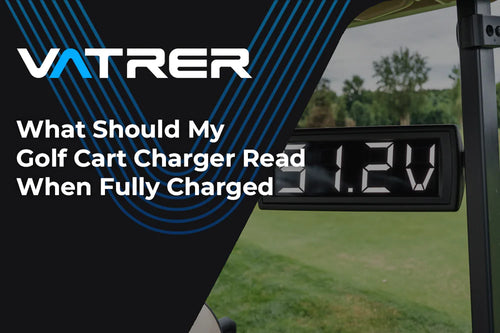
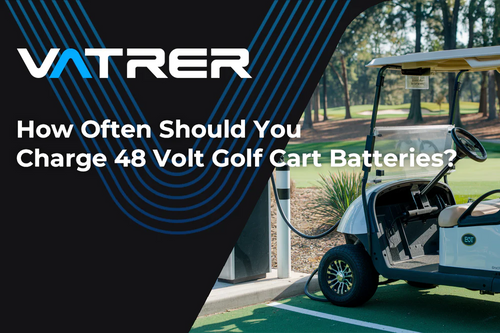

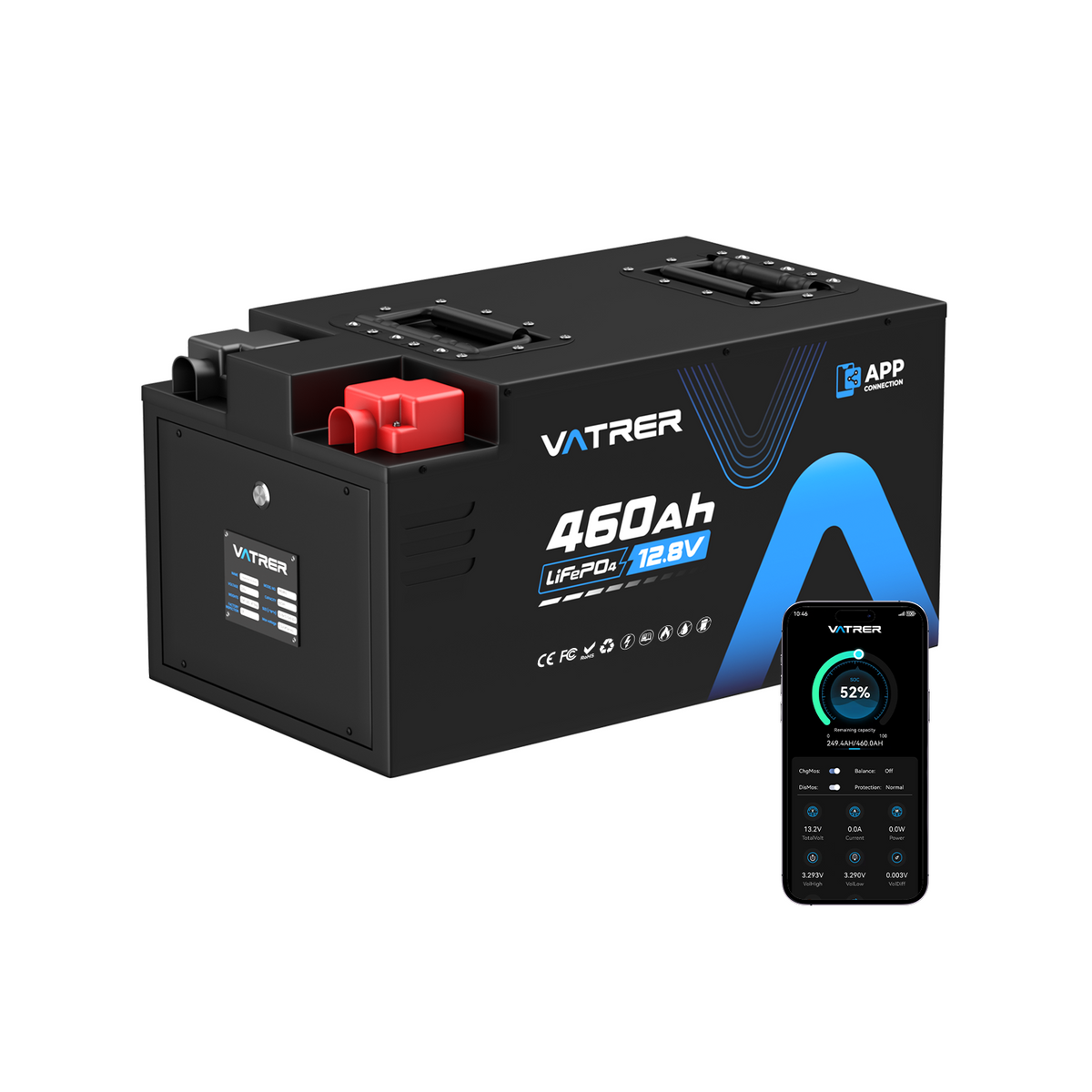
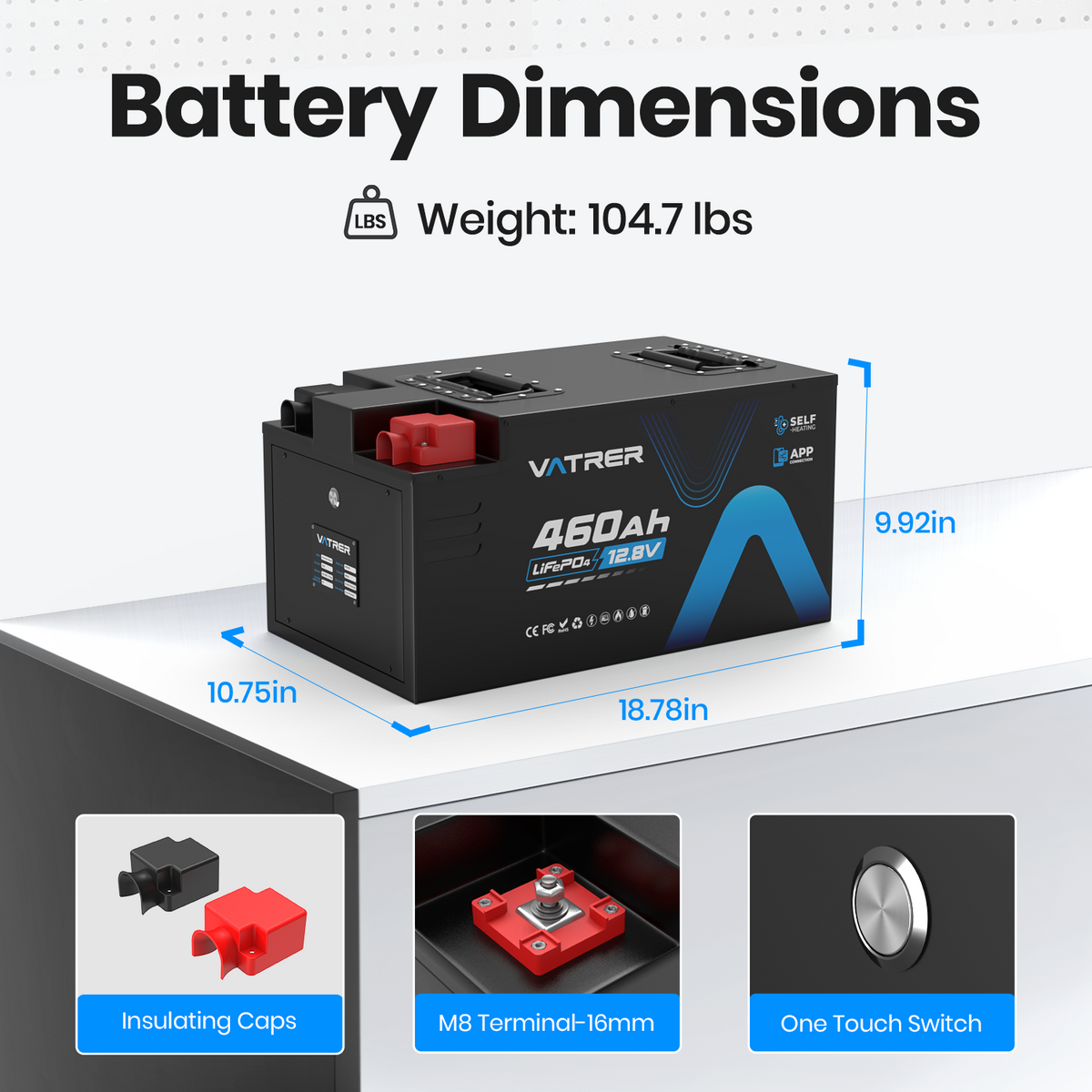
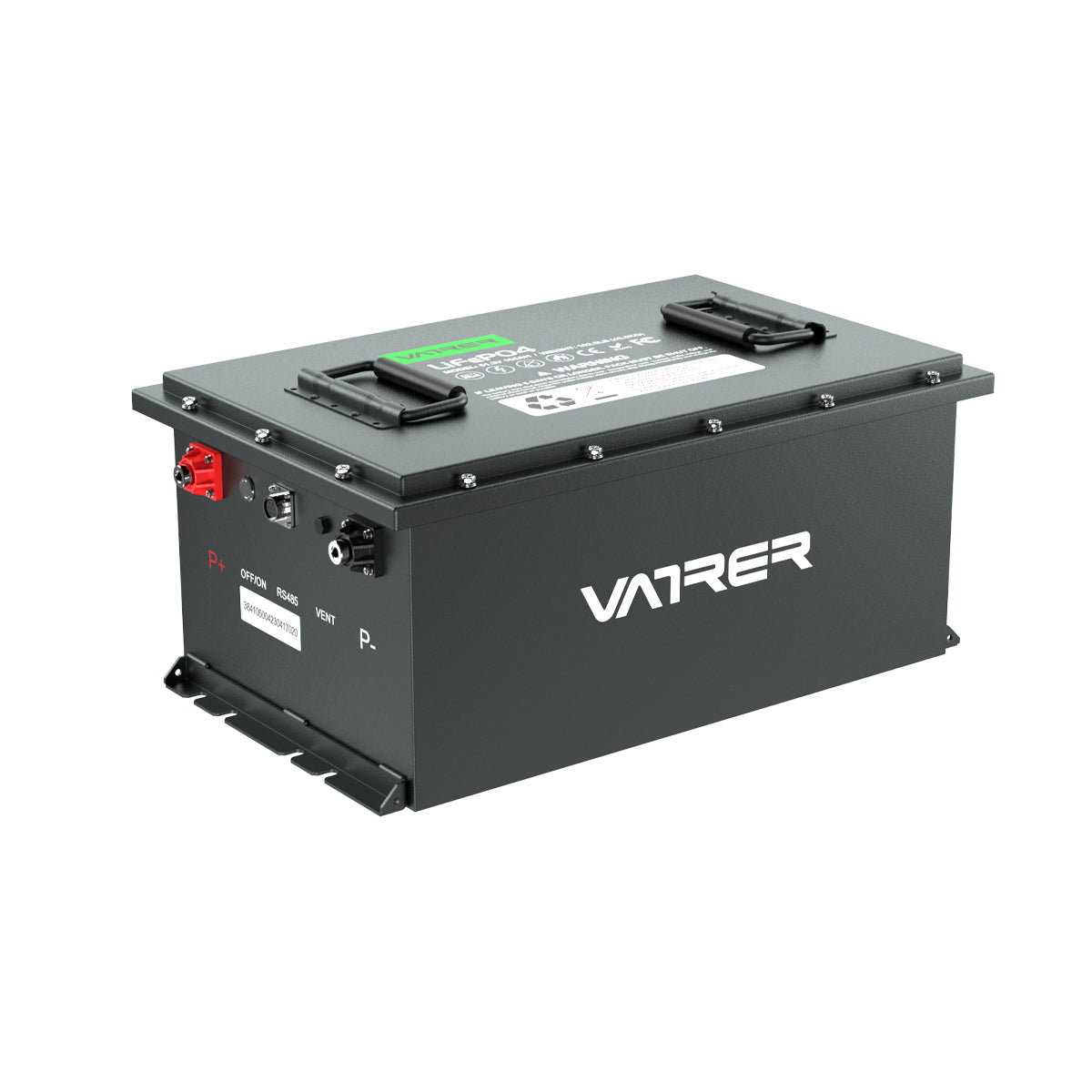
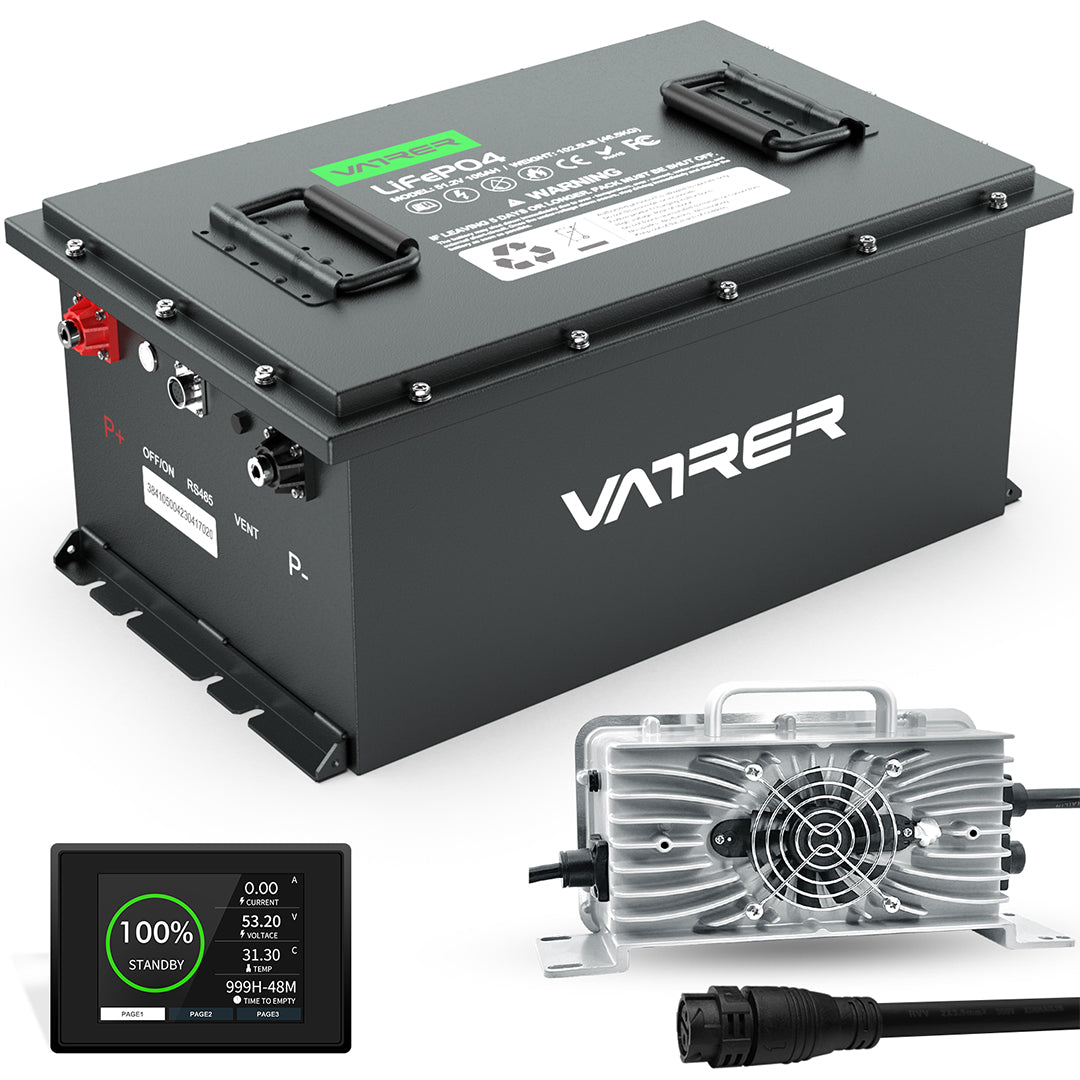
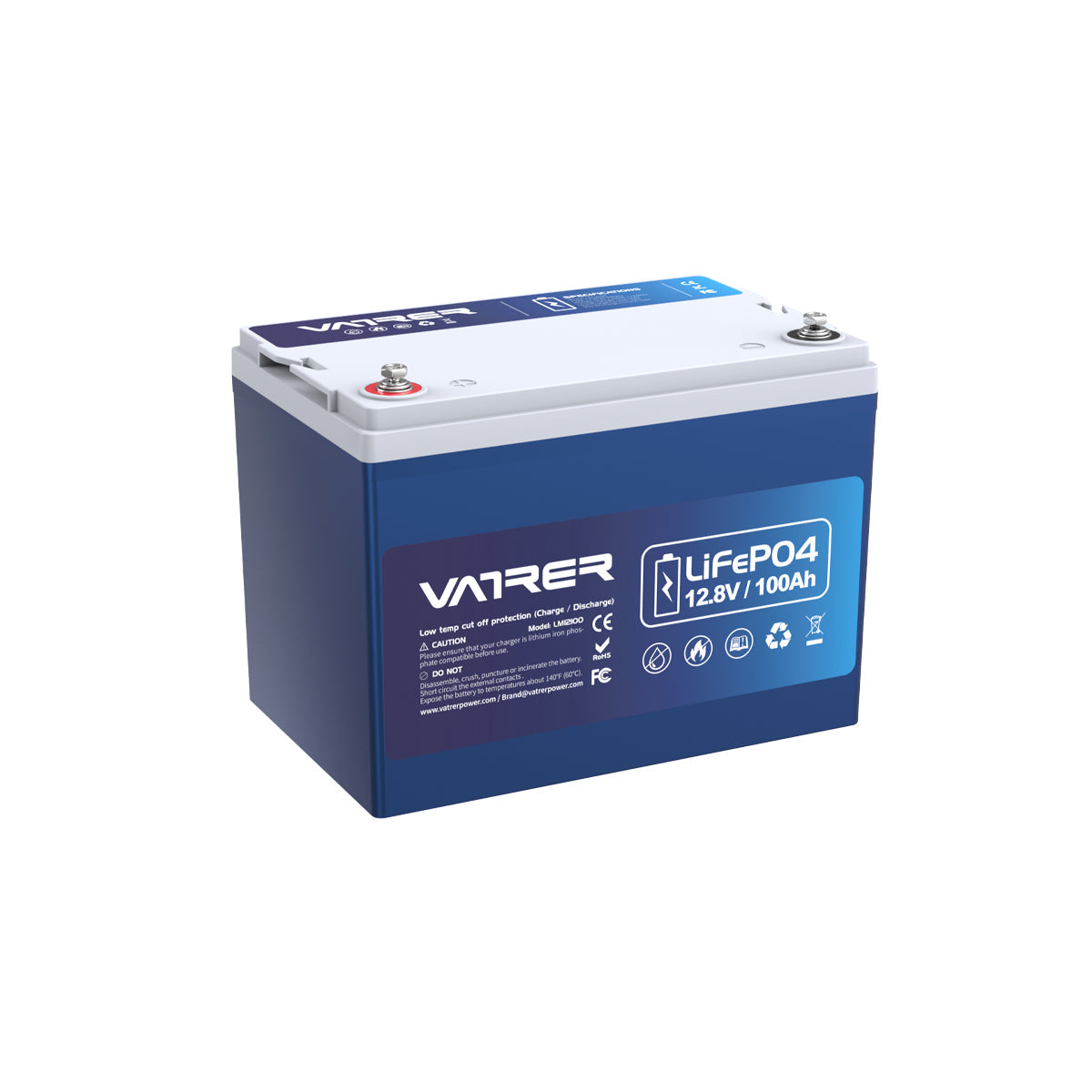
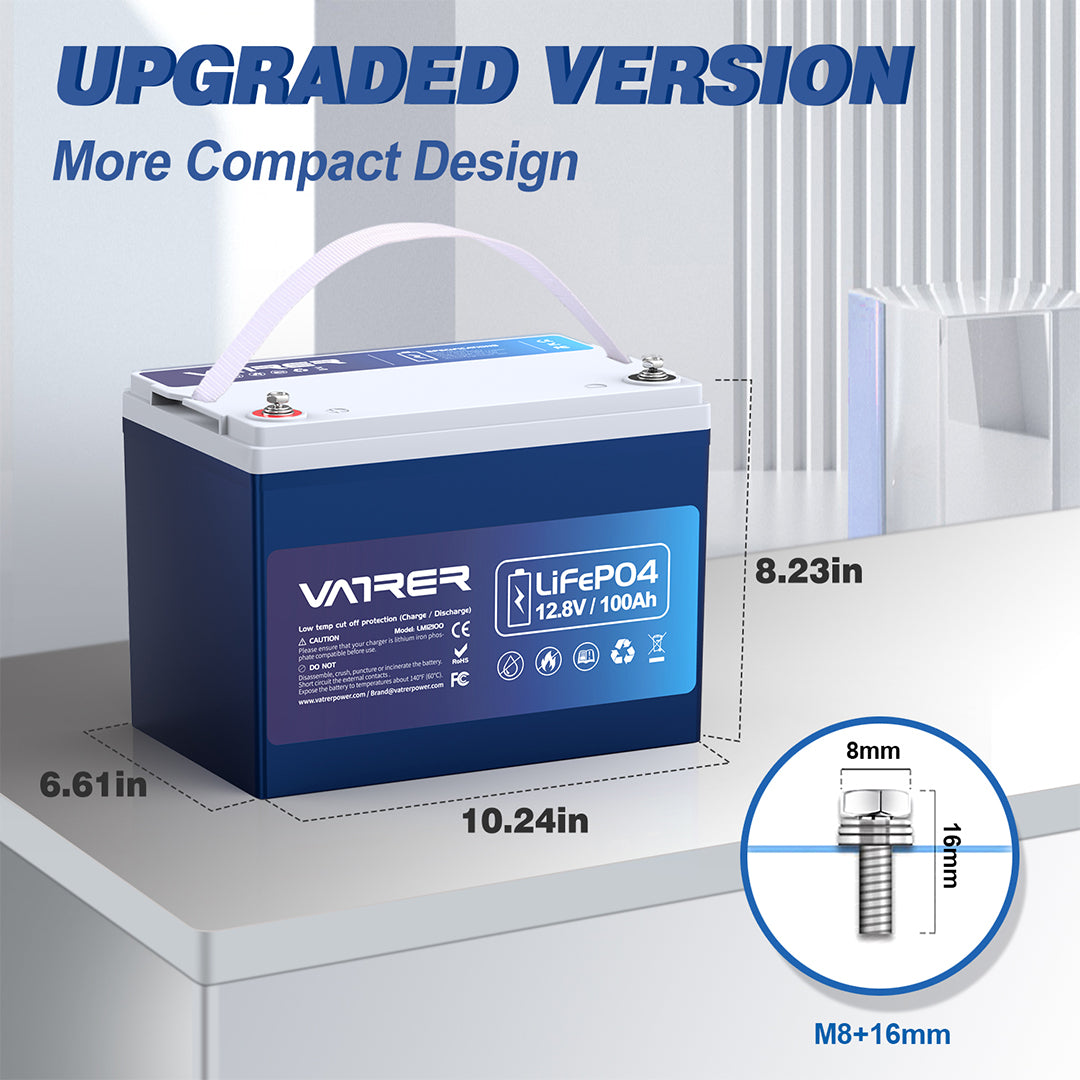
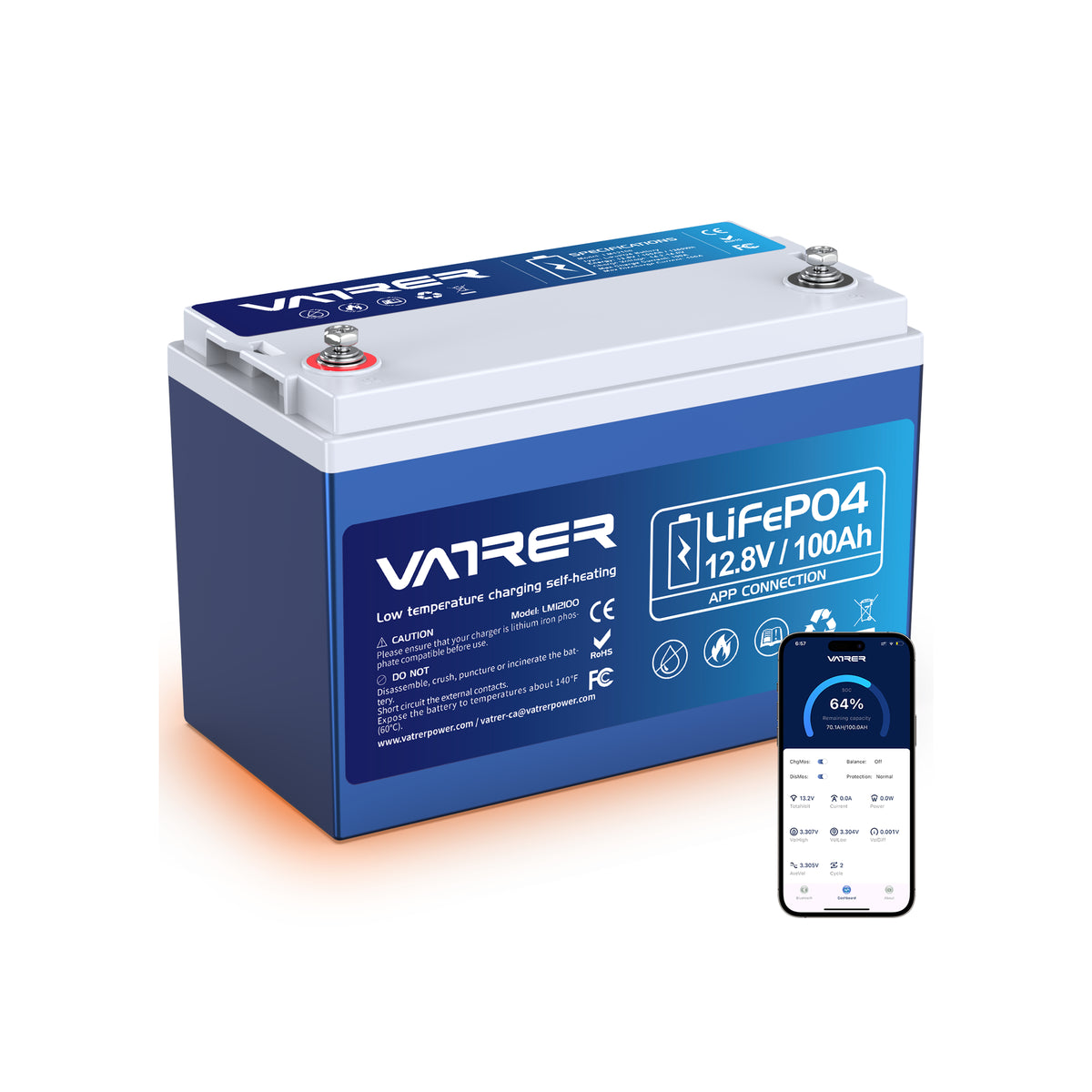
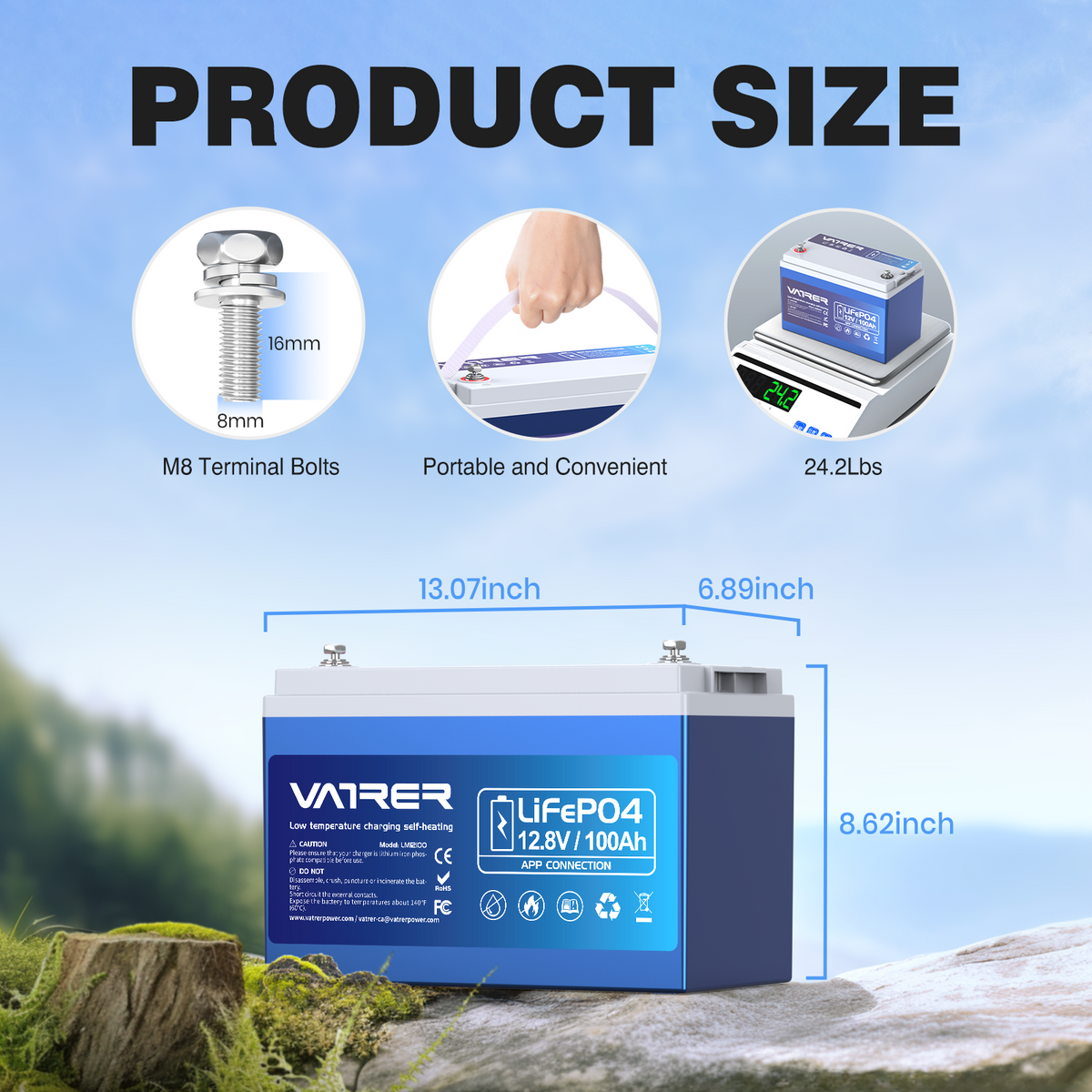
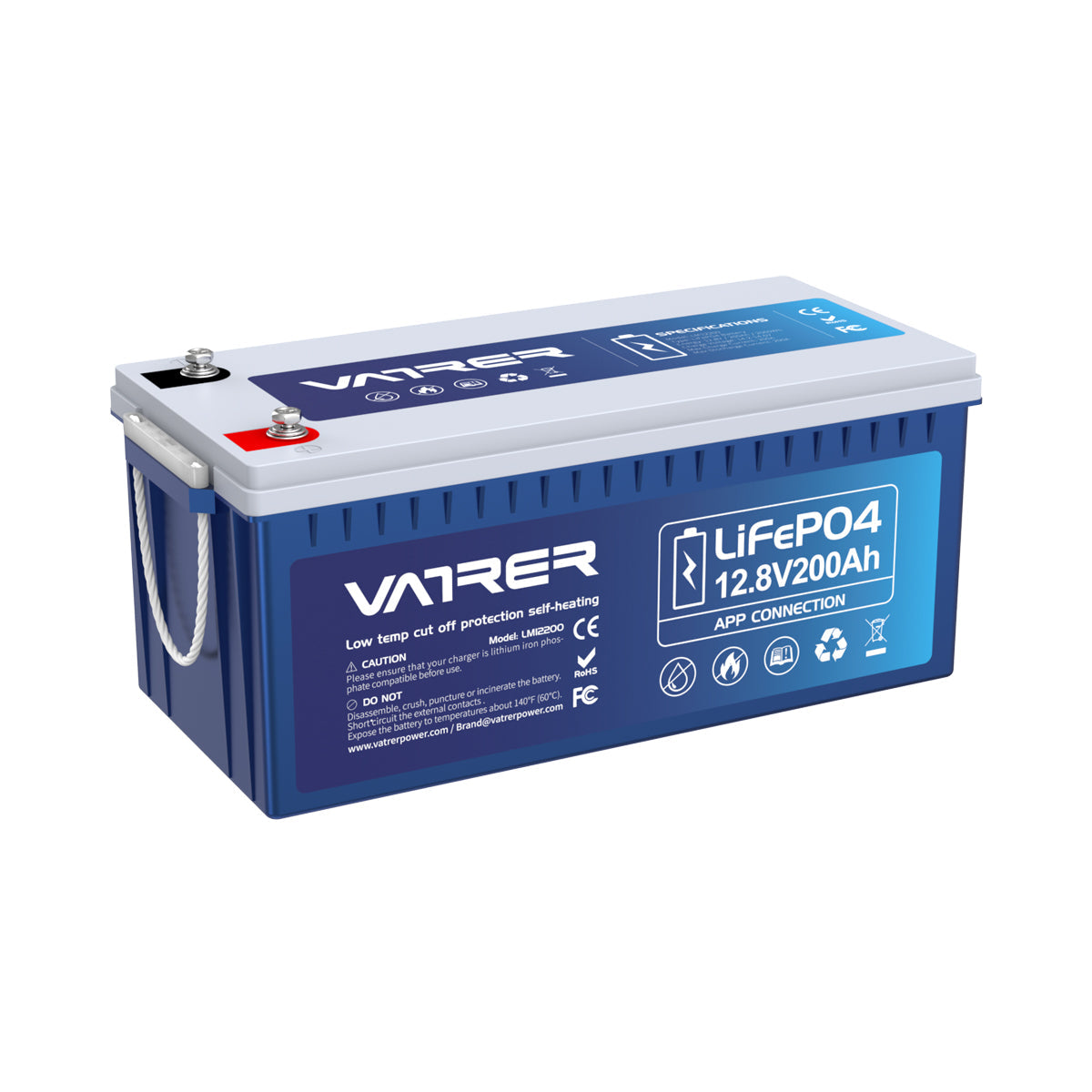
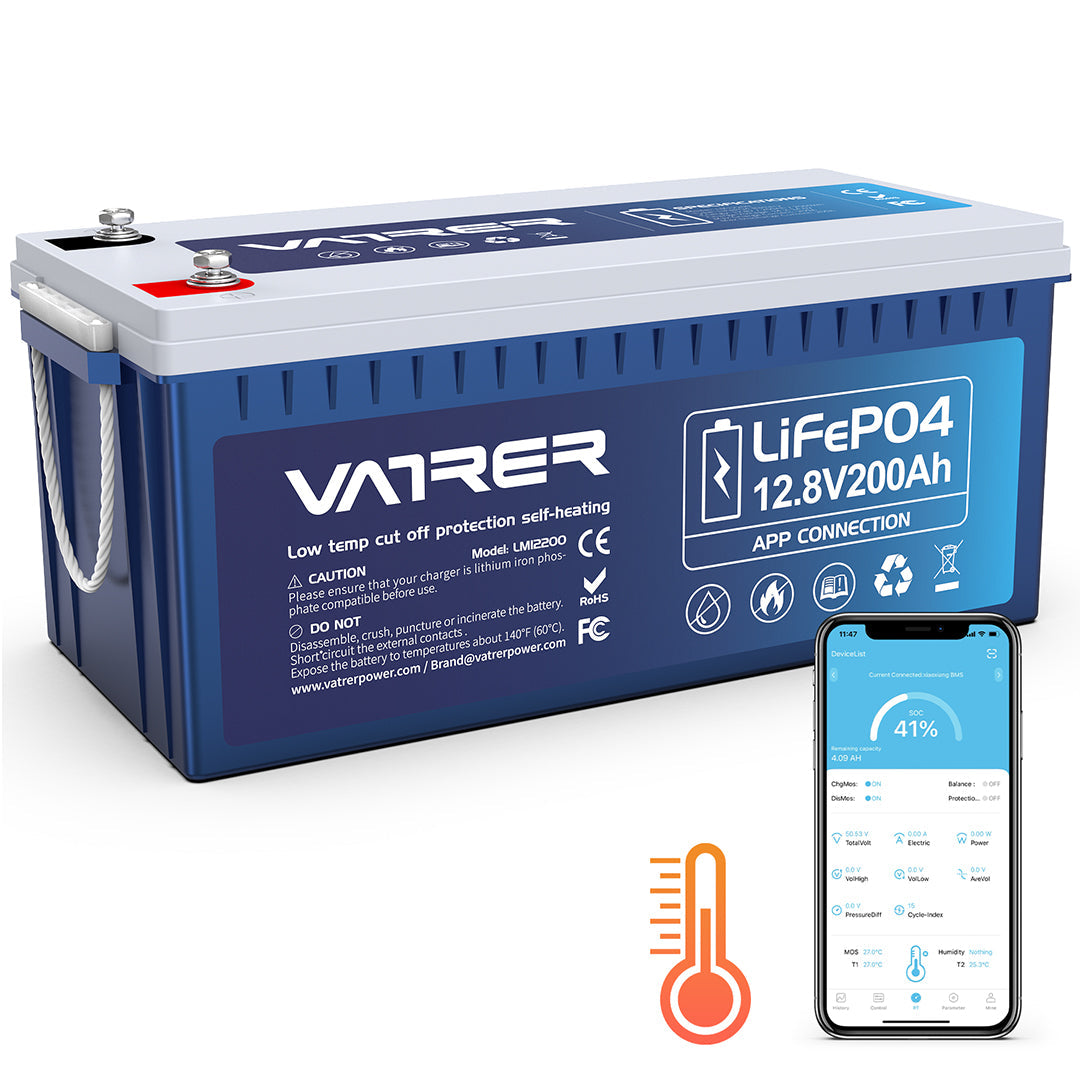
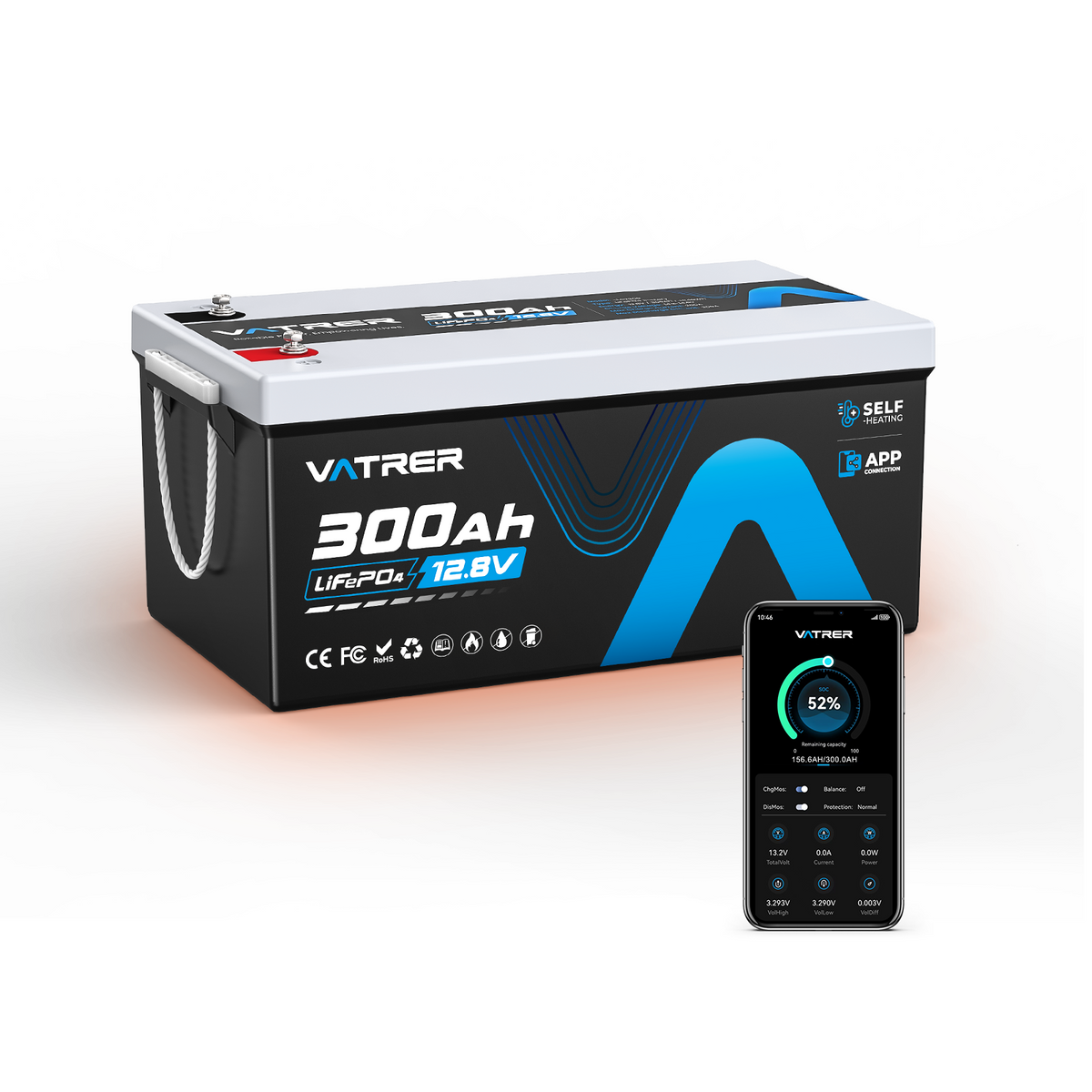
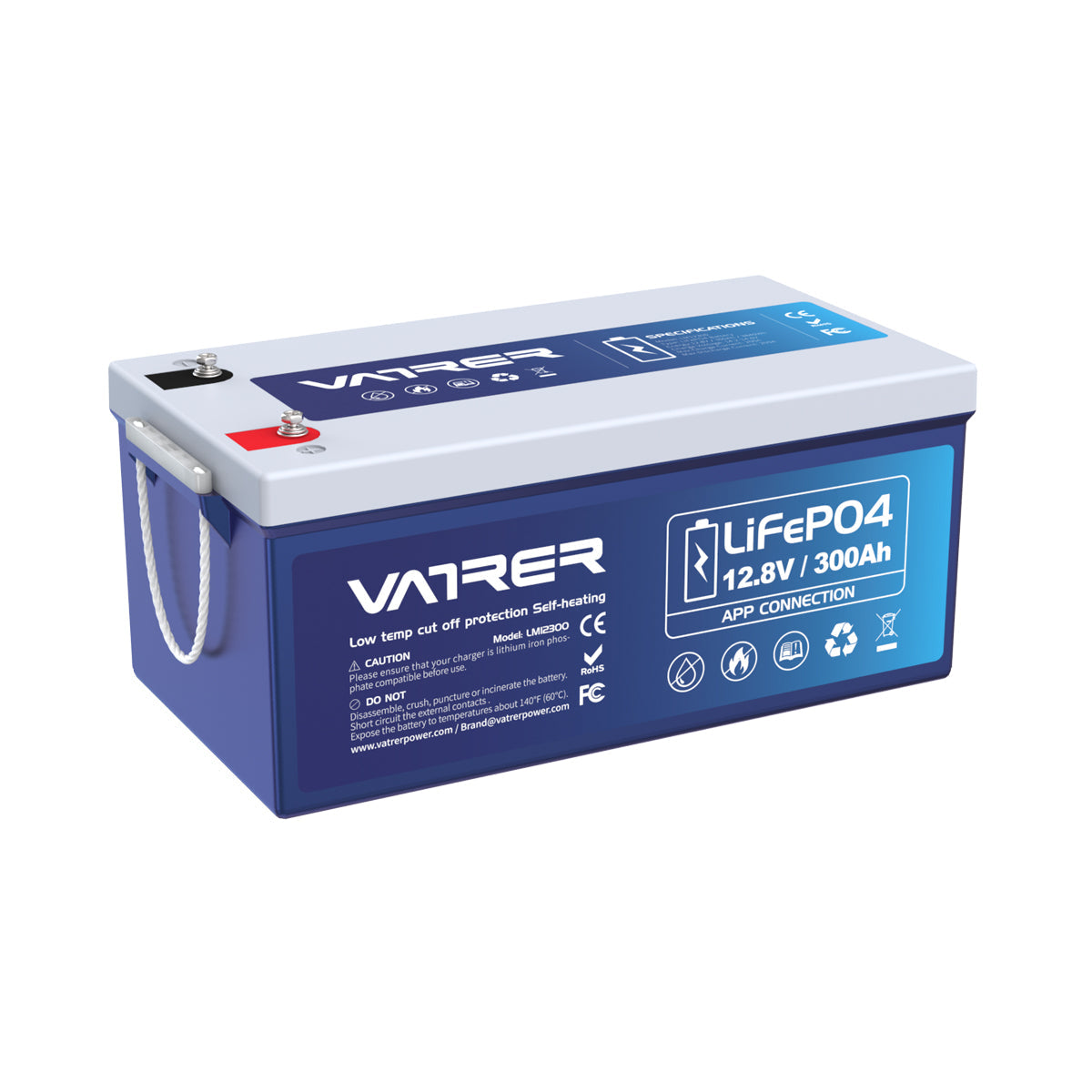

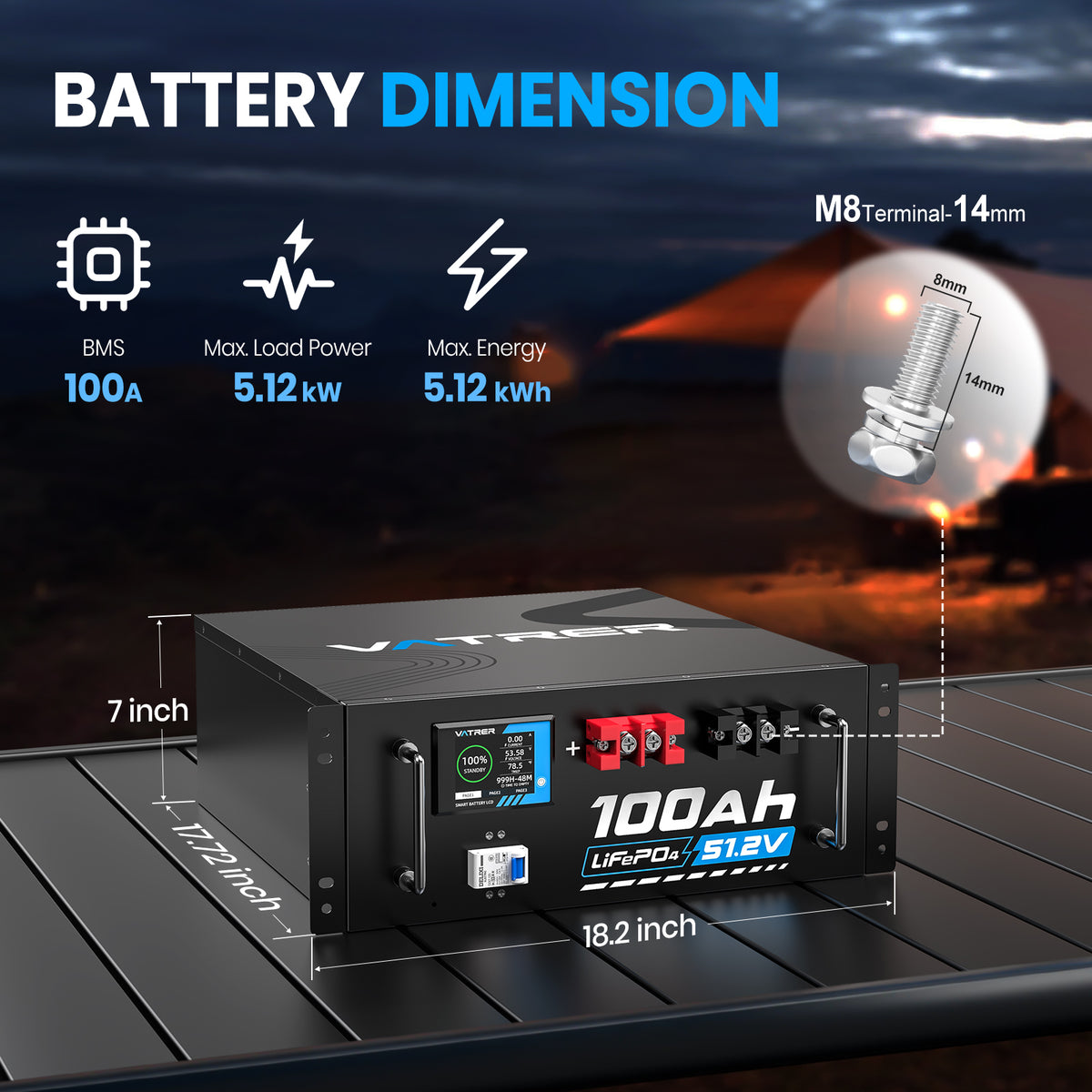
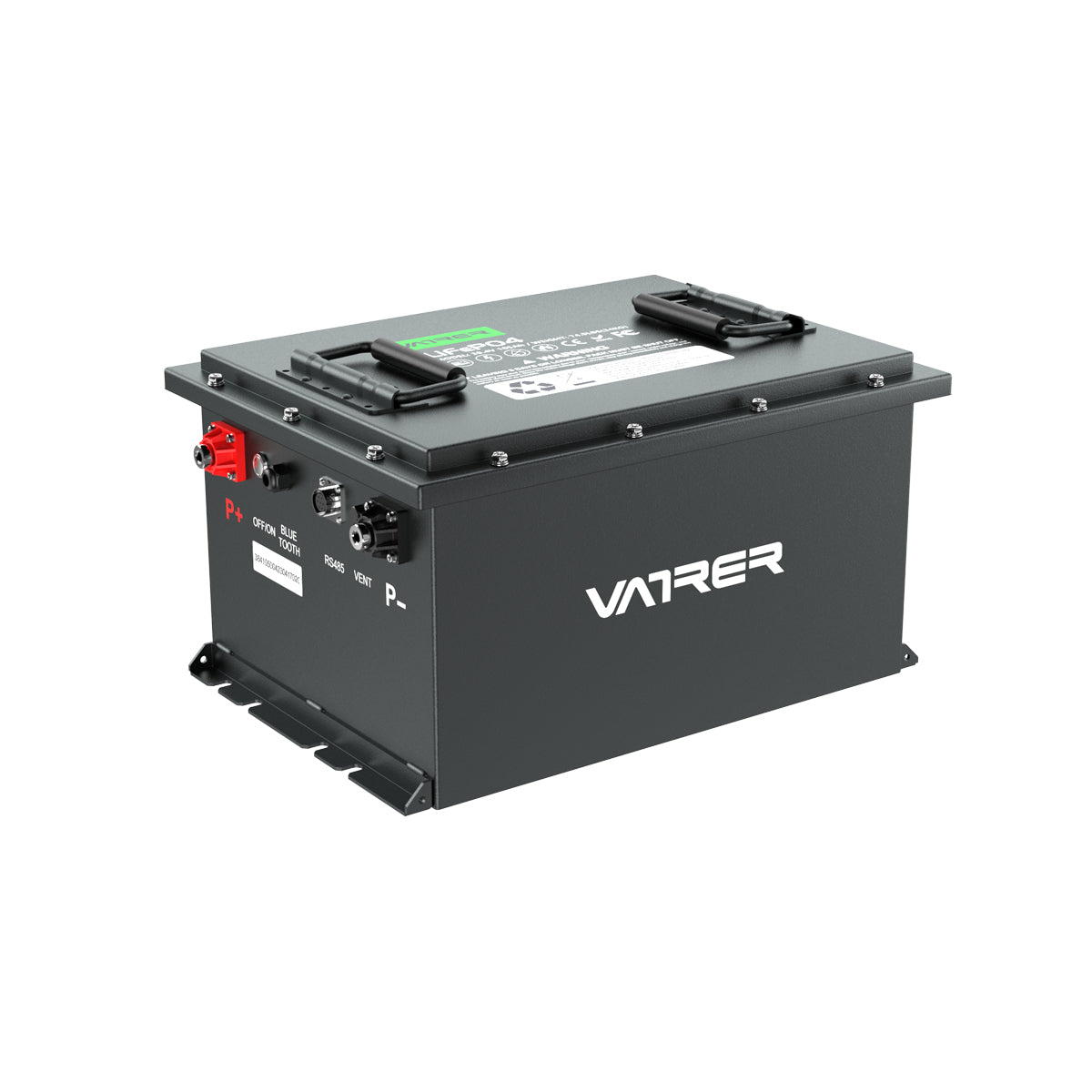
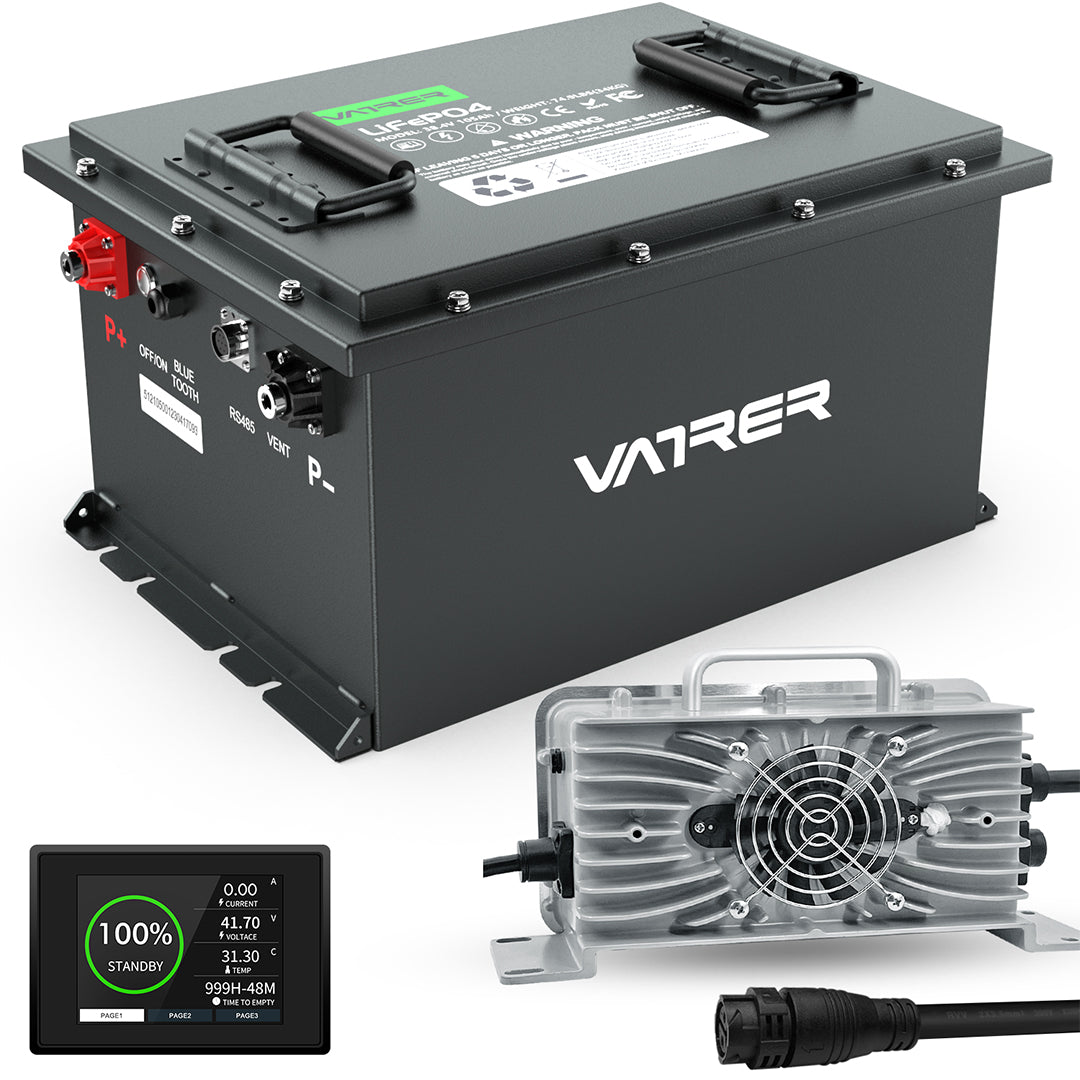
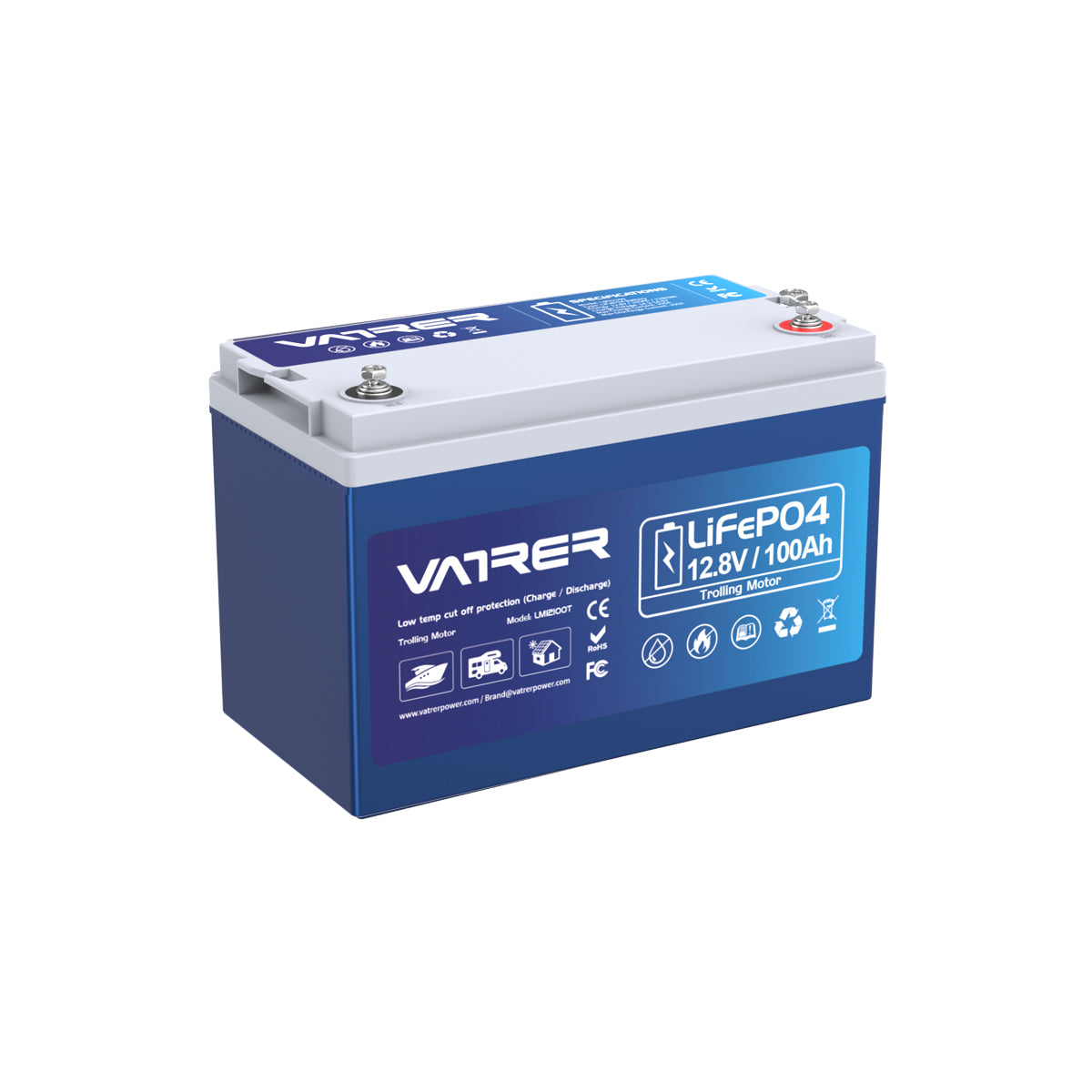
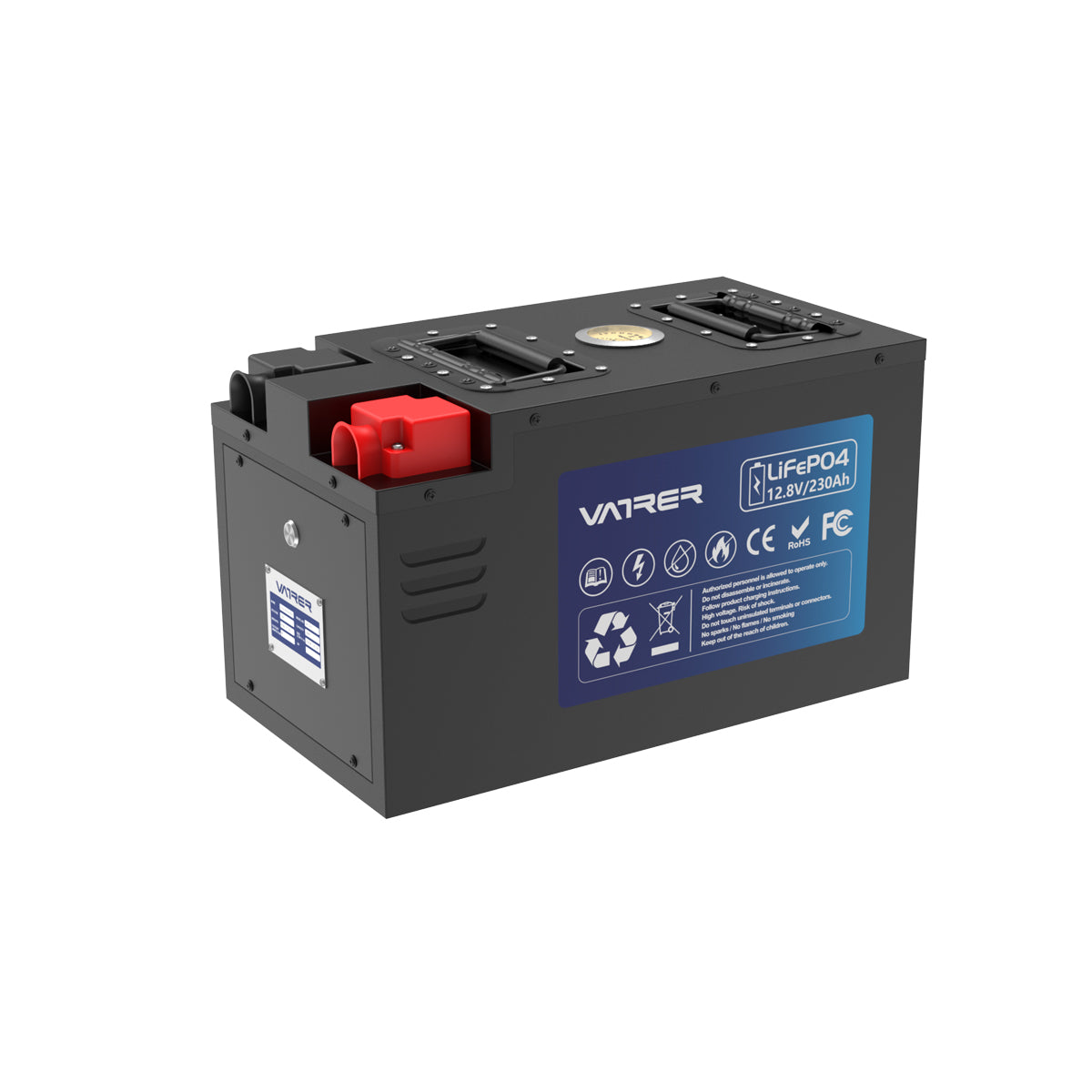
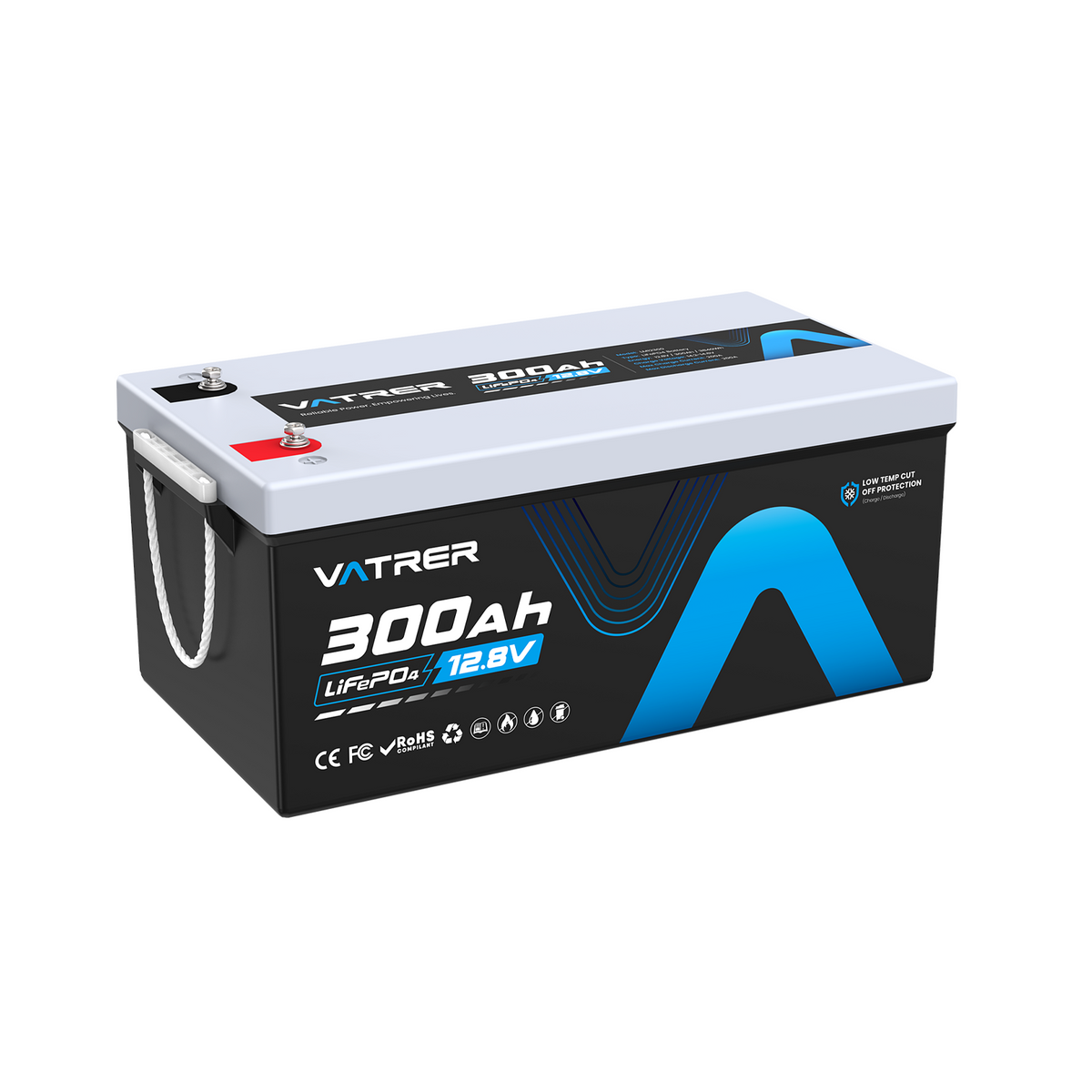
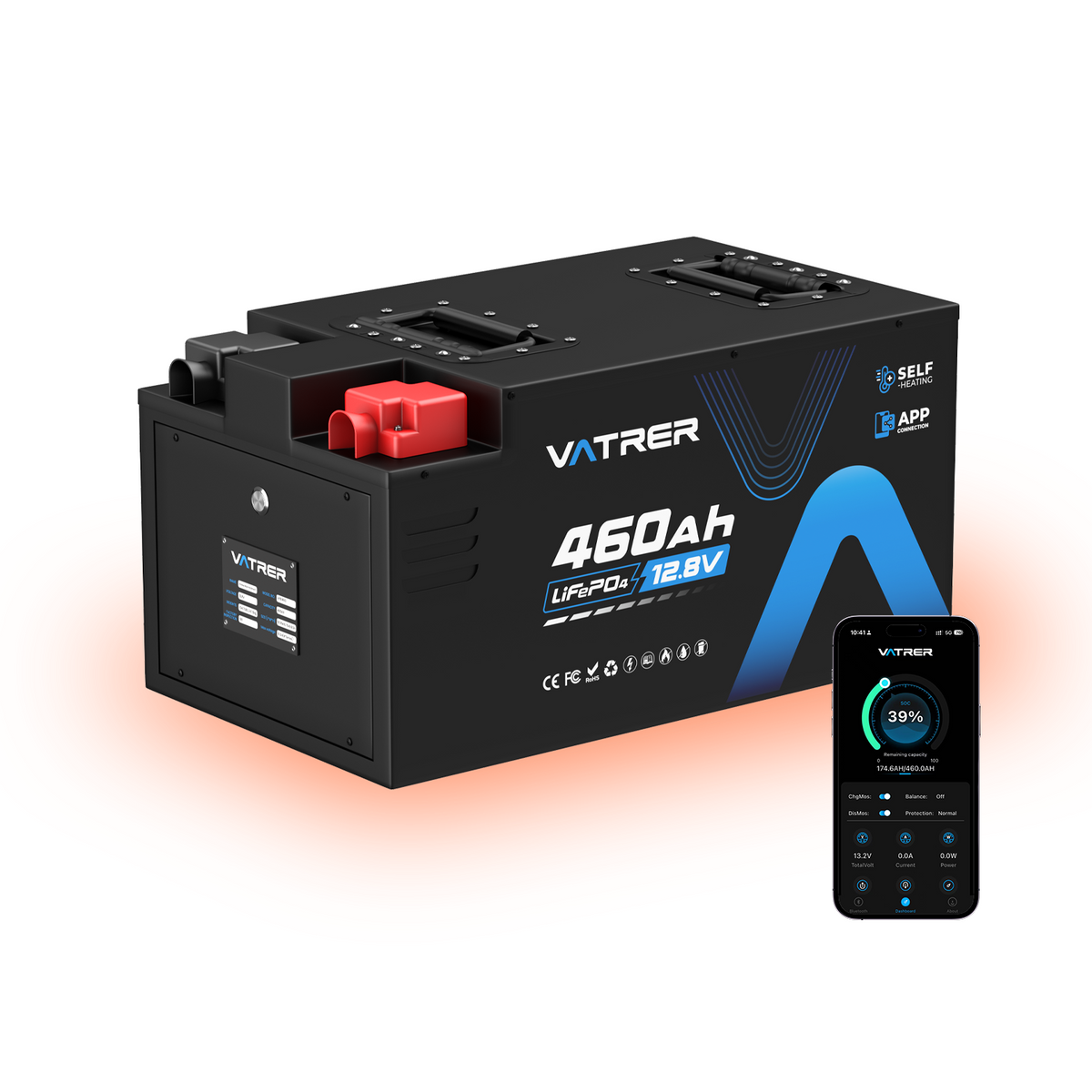

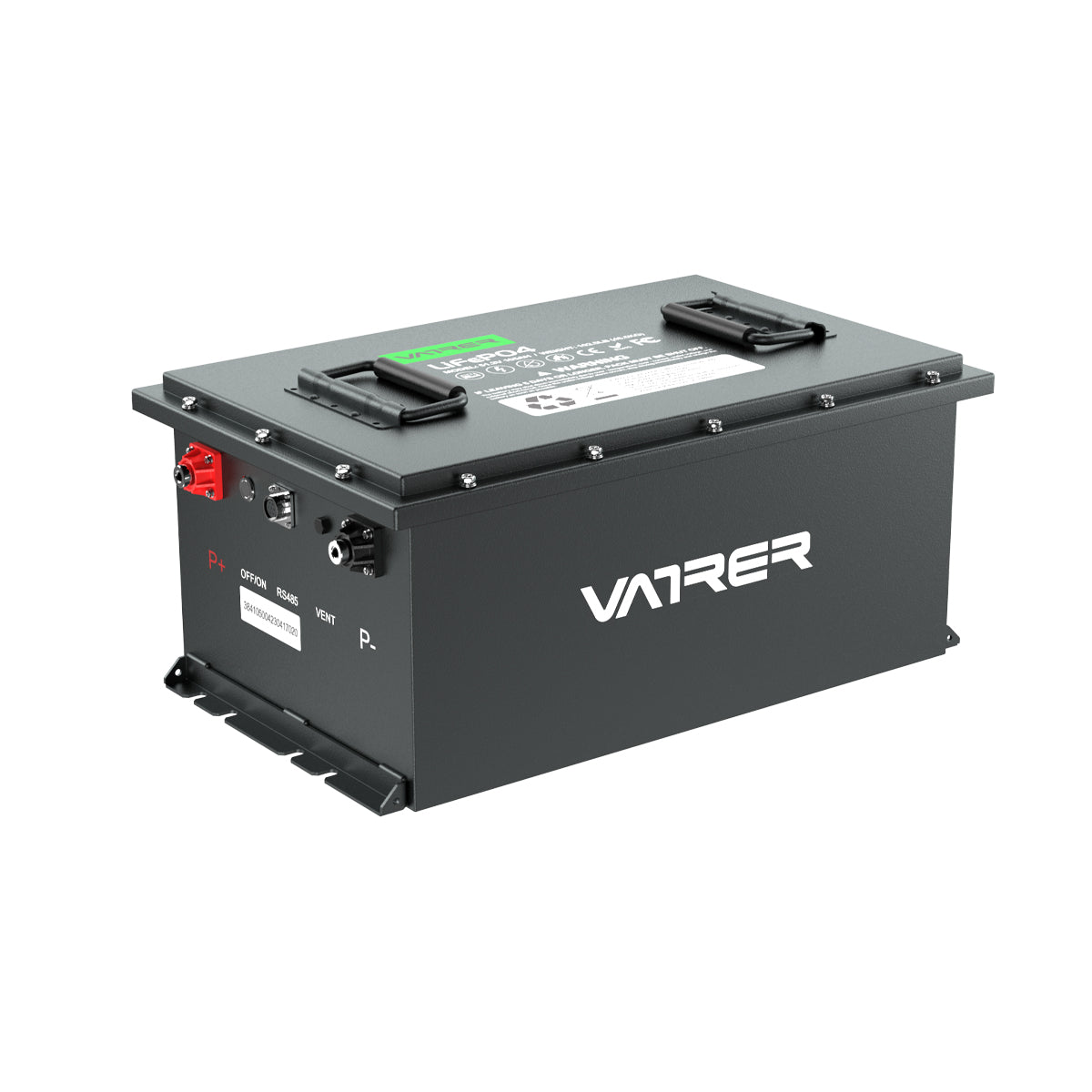
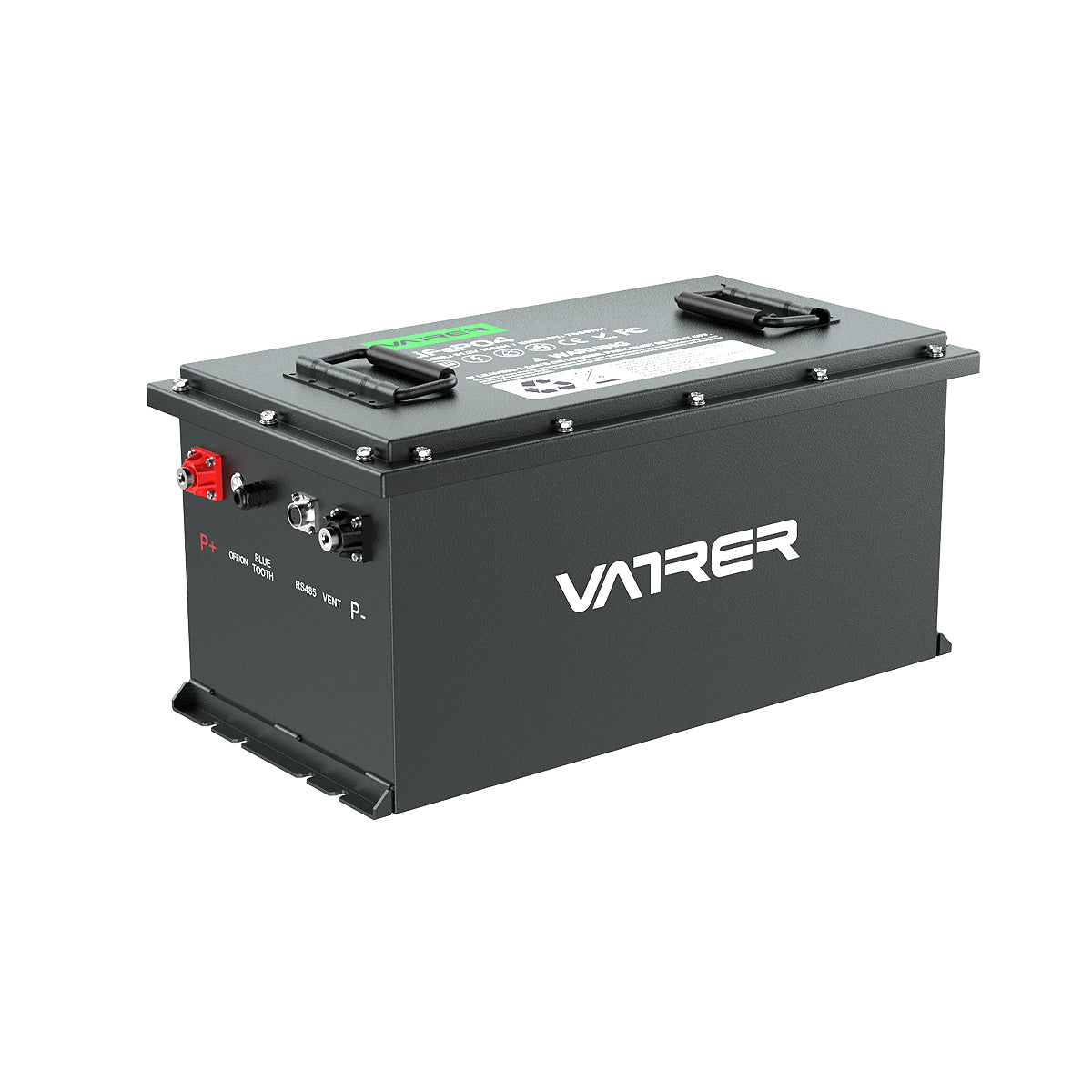
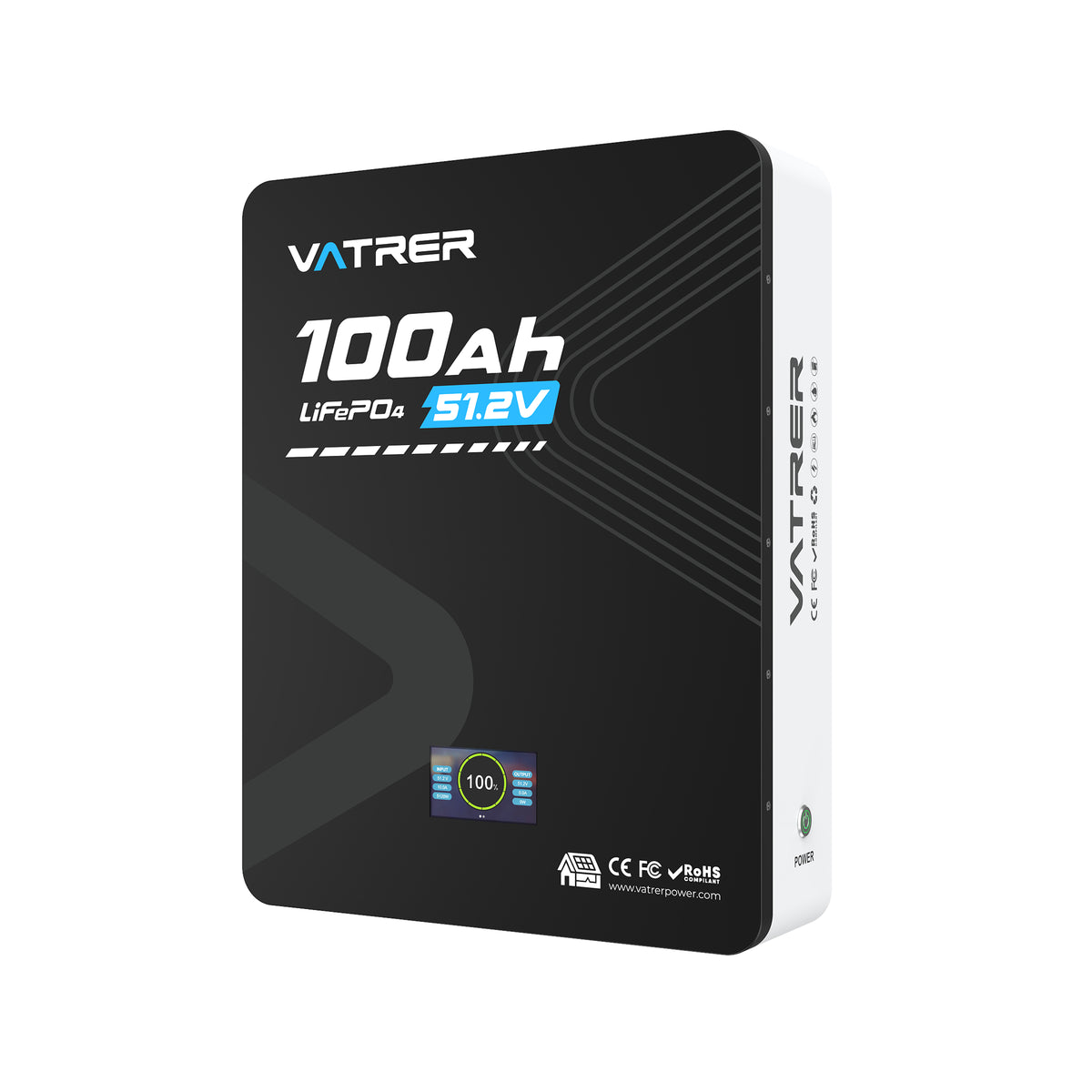
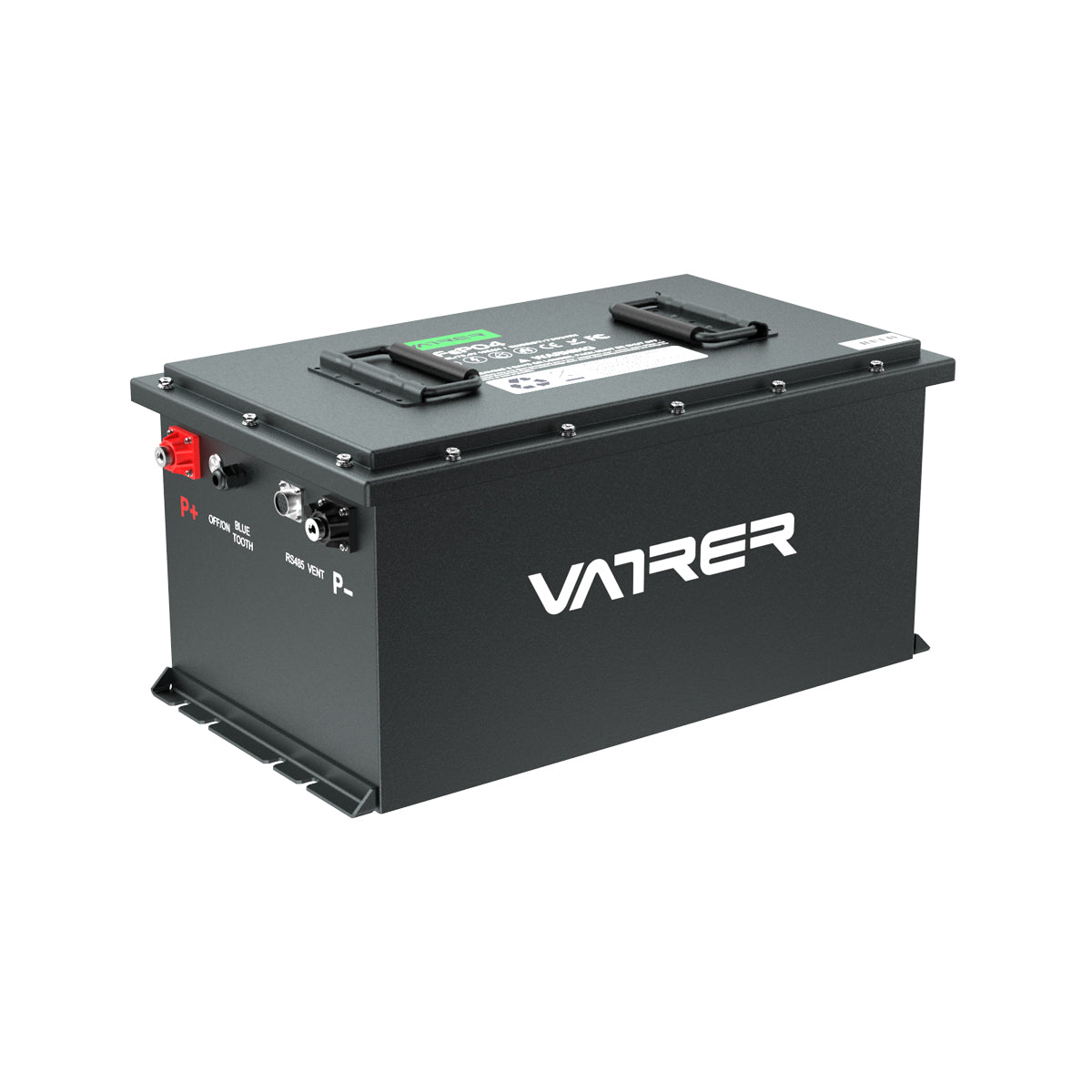


2 comments
Zachary
Currently Vatrer’s lithium batteries for golf carts do not support series-parallel connections, and to their credit a customer has verified that the batteries can run up to 20-25 miles per hour on their own, up to 40 miles on a single charge of 36V, up to 50 miles on a single charge of 48V 105Ah, up to 70 miles on a single charge of 48V 150Ah, and up to 50-60 miles on a single charge of 72V!
Currently Vatrer’s lithium batteries for golf carts do not support series-parallel connections, and to their credit a customer has verified that the batteries can run up to 20-25 miles per hour on their own, up to 40 miles on a single charge of 36V, up to 50 miles on a single charge of 48V 105Ah, up to 70 miles on a single charge of 48V 150Ah, and up to 50-60 miles on a single charge of 72V!
Hunter
Have ‘05 Club Car with orig’ 36V la batteries. Wanna upgrade to lithium. What mph can I expect with (top quality) lithium batt? Can I parallel couple of 36V lithiums and get 20 – 25 mph performance? Can I economically upgrade to 48 V for even more performance?
Thanx
Have ‘05 Club Car with orig’ 36V la batteries. Wanna upgrade to lithium. What mph can I expect with (top quality) lithium batt? Can I parallel couple of 36V lithiums and get 20 – 25 mph performance? Can I economically upgrade to 48 V for even more performance?
Thanx